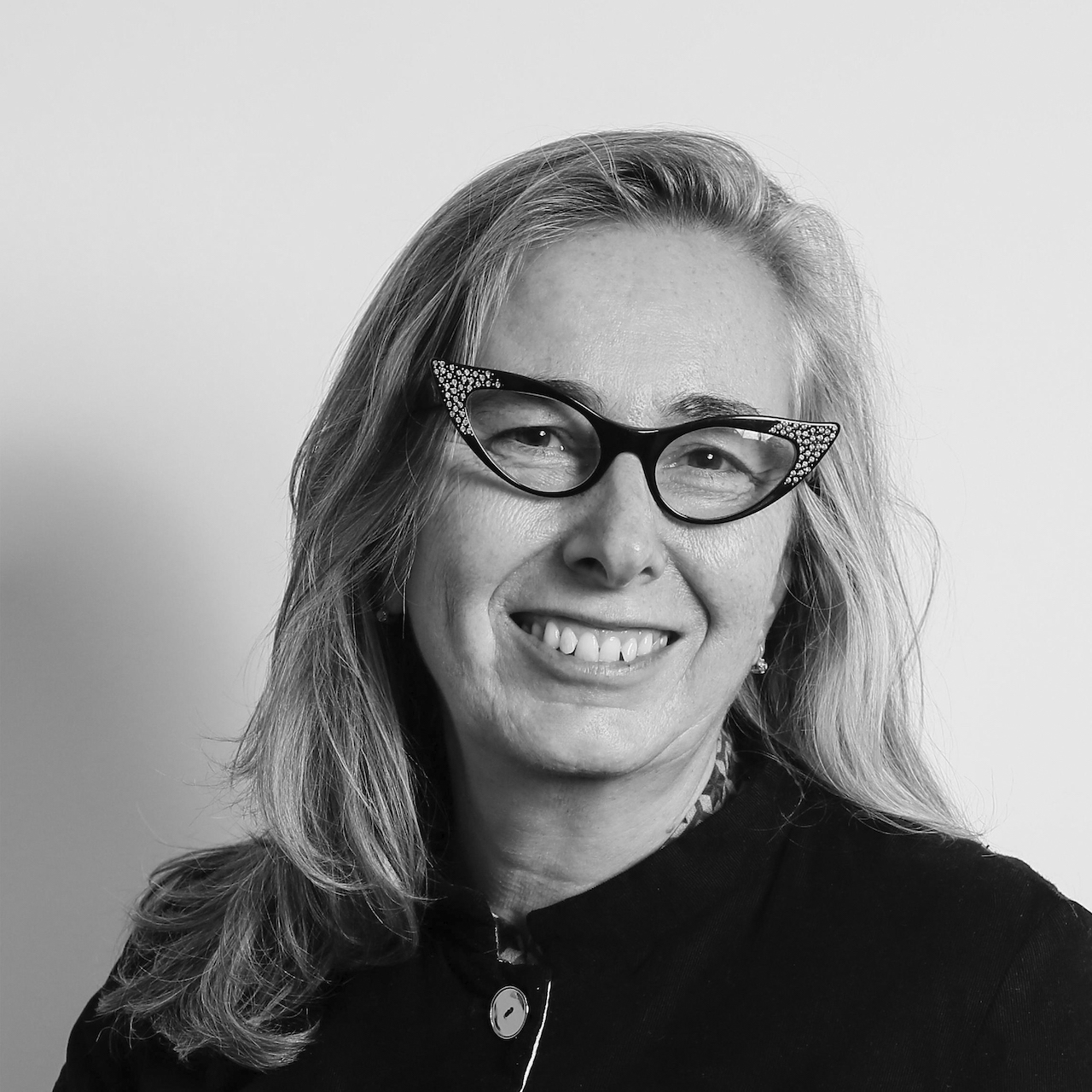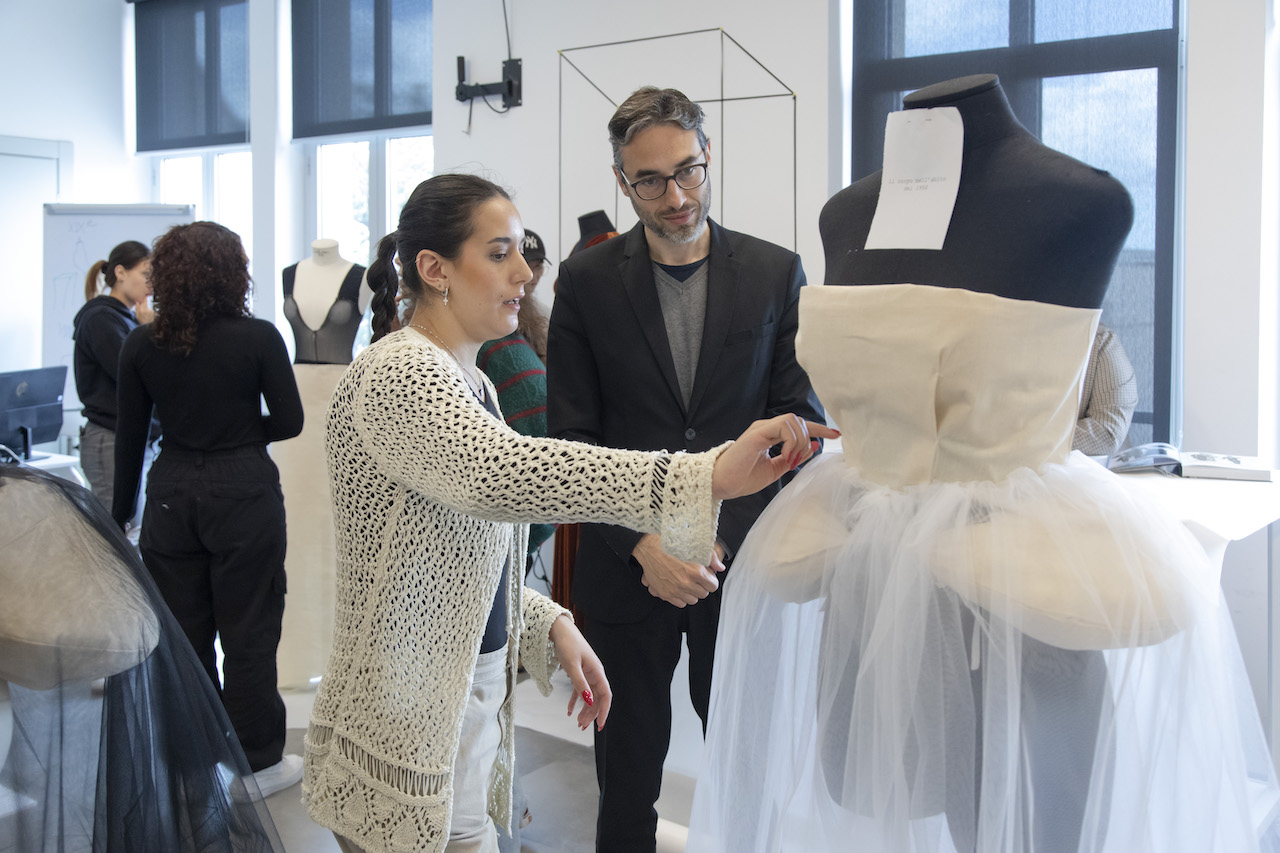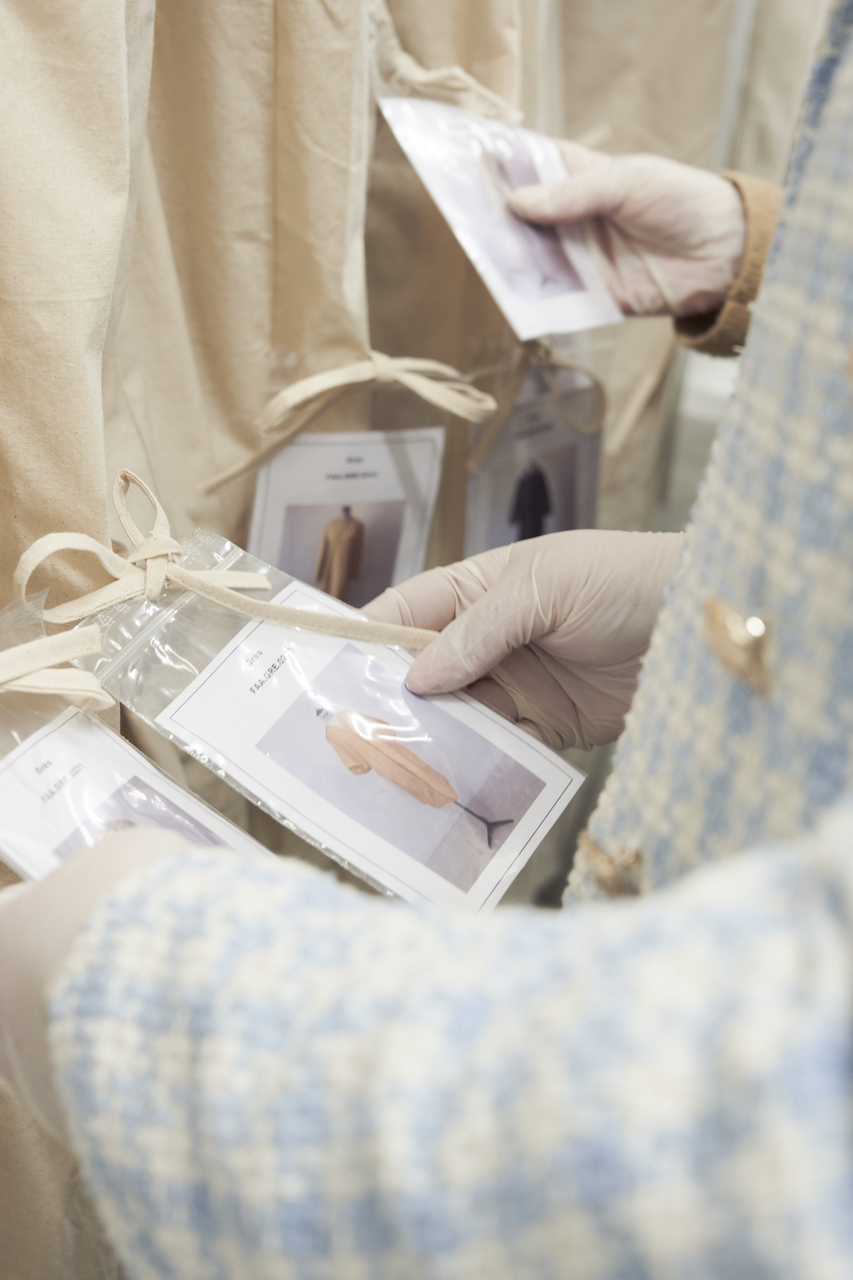Workshops on tailoring techniques, costume history and the study of cinema attire are just a few of the courses offered by the New Academy of Fine Arts’ new specialty course
Experiments, laboratory activities, but also archive research. let’s meet Colomba LeddiArea Manager of Naba’s Fashion Design Department to talk about the new Master’s Degree in Fashion and Costume Design, a Master’s degree that allows students to acquire the skills needed to undertake projects related to fashion and costume design edit.

INTERVIEW WITH COLOMBA LEDDI FROM NABA
How did you structure the application for the fashion and costume design master’s degree in the Department of Design and Applied Arts?
The course, part of the educational offerings of NABA’s Rome branch, Nuova Accademia di Belle Arti, is spread over two years and covers three main themes: the costume, the fashion of unique pieces (for that body and for that “event”) and the Archives, reflections on their intersections and the formation of the gaze. The courses are of a theoretical, creative and laboratory nature, intensive workshops are planned in connection with concrete projects such as exhibitions and performances.
The content will follow
The NABA campus in Rome, in the Ostiense district, covers an area of approximately 3500 m2 and also houses special laboratories. What design tests do those approaching the two-year degree have to take?
The workshops allow hands-on learning of tailoring techniques (including historical and bespoke cuts), draping, dyeing, printing and textile manipulation, making costume accessories, and preparing dresses and mannequins for exhibitions.
Rome offers the opportunity to visit the archives and costume designers, and many of the teachers are costume designers and stylists working in these contexts: students have the opportunity to engage with a unique reality in the world that is still very active and constantly evolving.

FROM ARCHIVE TO EXPERIMENTATION
Prét à porter, high fashion, but also the care of the outfit a scene through the study of clothing for cinema, theater and performance in general, enriched by the contamination with archival material and knowledge of heritage. The course also looks at the cultural coding of contemporary languages. How?
The course is experimental in nature and aims to revisit the codes of fashion, adopting practices from the world of costumes for entertainment and cinema, which have always worked with repertoires and archives, starting from the idea of reuse as creative and productive method tool. At the same time, rethinking filing as a tool that makes the existing and historical legible in a variety of ways offers the opportunity to create new visions.
The goals include not only creative planning, but also business-related modules. What qualities do your students acquire in order to promote their professionalism themselves?
More than just business-related courses, it is an approach to the world of work and the creation of independent realities with the aim of proposing new models focused on the knowledge of the student to develop his ability to manage complex projects that require interaction of require multiple disciplines.

The classes enjoyed a didactic encounter with Olivier Saillard, the world’s most influential fashion historian and curator. How did that happen?
The students could take part in various workshops with Olivier Saillard related to the creation of exhibitions, such as the preparation of the exhibition on Pasolini in the Palazzo delle Esposizioni Everything is sacredand in Paris at the Fondation Aläia, where the archive of the brand’s collections and the collection of clothes and costumes selected and collected by Azedine Aläia throughout her life coexist. It can be said that the example of Aläia has many similarities with the intent of the course and an interesting thought develops on this collaboration between the Paris Foundation and NABA. The workshops deal with the topic of archiving, critical reading of collections and costumes, historical and attributive evaluation, preparing the clothes for the exhibitions from a visual and practical point of view, staging as a storytelling tool.
Is there anticipation for the application projects and guest lectures planned for the students over the next two years?
For next year we will continue the collaboration with Olivier Saillard on the theme of performance and storytelling of clothing. We will also work on applied tailoring techniques and styling as a new way of making fashion.
Alessia Caliendo